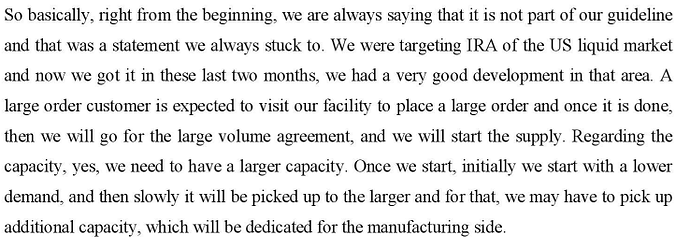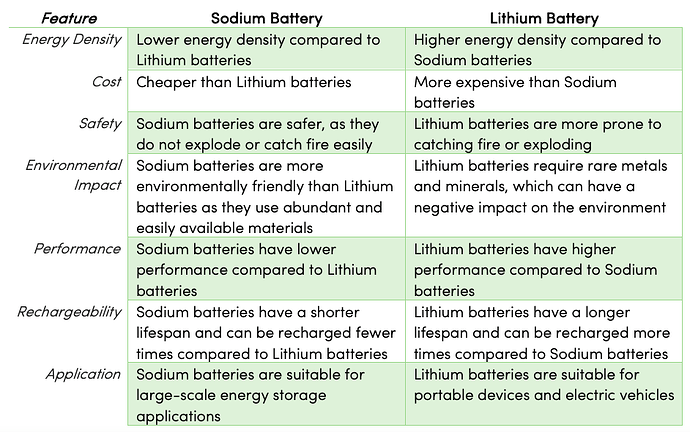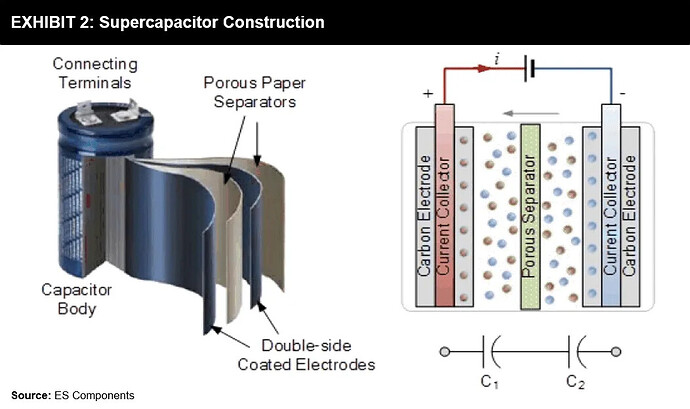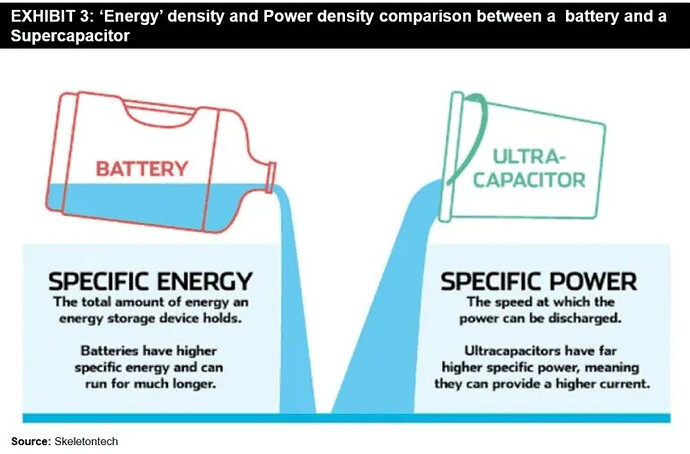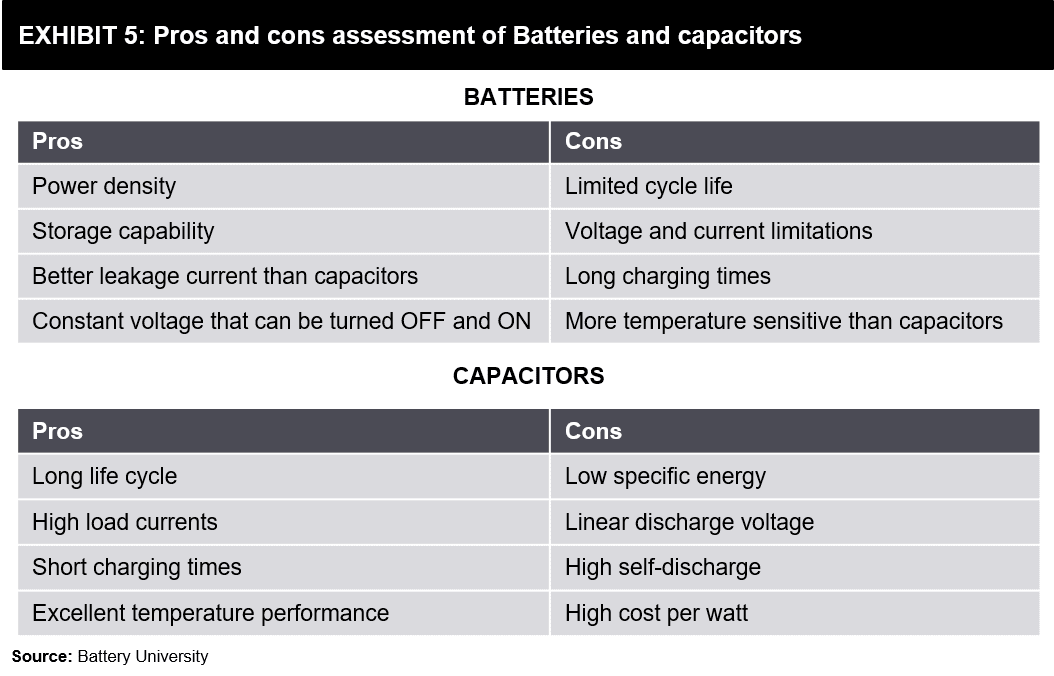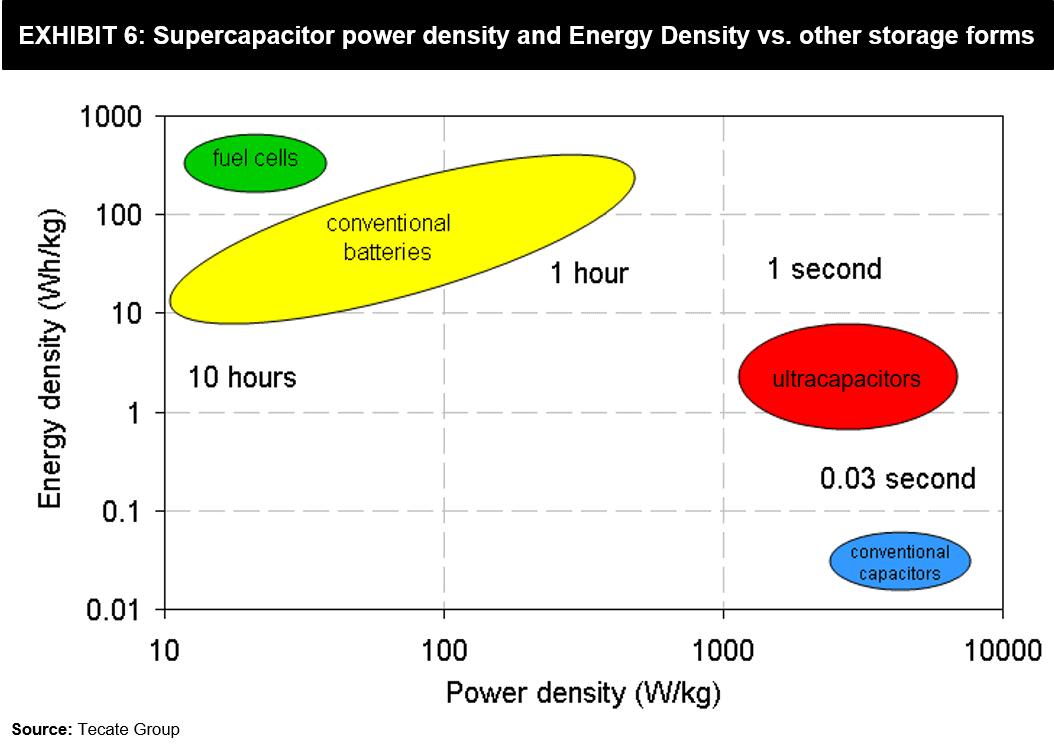July 2023
—---------------------------------------------------------------------------------------------------------------------------------------
Scuttlebutt #1: Battery Chemicals Domain Consultant
—---------------------------------------------------------------------------------------------------------------------------------------
India targets 280 GW capacity by 2030. Please share your thoughts?
Just add up Tesla announcement, BYD announcement, Tata Motors plans, Reliance and
Adani plans, and by all other players in chemicals and allied space, the upcoming demand is huge.
When Maruti set up the auto hub in Gurgaon, everyone said there will be huge demand for
auto-ancillaries but that the Auto OEM/MNC will squeeze margins in such a way that
everyone will find it tough to survive. But we have seen not only have many firms survived
but go on to create scale and become global leaders.
Similarly the local industry today is excited about the opportunities. The thinking is that there is room for many players to co-exist and thrive in the battery chemicals space where demand
is exploding.
Why are Indian players announcing big plans in Battery Chemicals which is generally known to be a Commoditised space? We have seen aggressive Capex plans being announced by players like GFCL and Neogen. On the other hand we hear (and the players acknowledge) that anyone can set up a battery electrolyte facility. This space has been fairly commoditised in China. Very large players exist, and they can easily queer the pitch?
First factor is India PLI Players like Tatas, Adanis, Reliance have to source from India. Secondly the relationships/understanding which Indian suppliers have with their existing global customers. These customers might be pushing them as they want to work with a limited number of suppliers as the process involved is cumbersome and many times involve significant technology sharing. As mentioned before, there is room for 2-3 large players to emerge in this space to service the major battery cell tech players long term and thrive. Many majors are scouting around in India for sourcing tie-ups. And none of them want to depend on a single player. So there will be a few who will do well.
Given that China already has a large established base, why such interest form the Global Cell tech players and OEMs for India-based players?
Post covid disruptions, this is seen across the board in most industries, not just in Battery Chemicals. So this growing interest in securing global end-to-end supply chains by the global majors is only to be expected. China+1 as we know is a big driving factor. Geopolitics and friend-shoring has also started playing its part. India itself will be a very big market where everyone wants in. We started our discussion with big India plans of 280 GW by 2030!
We are aware of GFCL and Neogen getting into this space. GFCL is coming from the LiPF6 Salt to Electrolyte route. Neogen has announced 10,000T Electrolyte Capacity while GFCL has 1000T LiPF6 Salt capacity coming on stream (likely scale up to 5000T Salt = 30-35K Electrolyte) which is likely to be scaled up to 5000T. Both will face constraints but are sourcing key RM independent of each other??
That’s probably a natural consequence of their existing global supply chain relationships and relationships struck with Cell Tech majors. Having said that, at some point of time I wouldn’t be surprised if they start to compete+coordinate. There is room for multiple players to grow and thrive. The other significant aspect is that this government is known to be actively helping in securing sourcing at government-to-government levels for many key identified RMs in battery chemicals space.
We have heard GFCL is emerging as one of the most preferred suppliers?
That could well be true. They have a reputation for having fully backward integrated supply chain for vendors and RM and seen to be working towards fulfilling ESG and Net Zero norms which have become almost mandatory requirements for global majors now.
So who are these Cell Tech majors? Are these the Koreans (Samsung, LG, SKON), Japanese (Panasonic, Mitsubishi, Toshiba, Kyocera)? Also any Chinese players in touch?
All of them, actually. Everyone is trying to source from India and looking to secure fully backward integrated supply chains, globally. Chinese players are also active.
We have heard Lithium Carbonate supply is limited. We have heard in Analyst Calls GFCL claiming to have secured Lithium Carbonate supplies for the near term? Given their earlier track record in securing access to Fluorspar Mines, we think they should be going after securing long-term supplies in a determined manner?
Possible. Given that this might be facilitated/influenced by both global cell tech majors (their customer/partners) as well as government-to-government initiatives.
What kind of margins are possible for LiPF6? Do you think 25-30% margins are possible on a sustainable basis? And 1000T Salt => 7000T Electrolyte Sales would translate to what kind of revenues?
Tinci is the Chinese player with the largest LiPF6 capacity in the world that scaled up rapidly. As per a Credit Suisse Report it recorded revenues of (Rmb Mn) ~11,000, 22600, ~30,300 respectively over last 3 years with EBITDA margins of ~28%, 36%, and 26% respectively. So 25-30% margins are possible. But we will have to see how supplies come on-stream this year. Large part would depend on how Lithium Carbonate gets priced. Neogen has indicated minimum starting margins in the range of ~18-20%.
In India too LiPF6 will be a scale/capacity game. There are no grades to fall back on. Yes 1000T to 5000T Scaleup could happen at a rapid pace. Demand is huge. Look at recent Tesla and BYD capacity plans announced. Even expansion and export plans of Tatas and Maruti.
1000T LiPF6 and Electrolyte may translate to anywhere between 300-400 Cr Revenues.
How easy or difficult is it to scale LiPF6/Electrolyte capacities?
What is difficult is to get to the right purity.
Once that is achieved then scaling up is not difficult. As mentioned before technology is available for Electrolyte formulation.
Are you able to confirm that the global cell tech players have played a role in securing these supplies. They are actively helping Indian players?
End-to-end Sourcing is the first thing anyone starts with when trying to understand capabilities to serve long term needs. They evaluate what the Supplier is strong at and ask where they might need help. They look at securing a backward-integrated supply chain with Vendors and RM. They look at sustainable sourcing including Net Zero. They tell the vendors since they have their own global supply chains, they can help the Supplier secure supplies for complete backward integration.
But that by itself may not be enough for the kind of capex plans announced. If we go by GFCL and Neogen’s announcements, it looks like Battery Chemicals may well emerge as the dominant segment in 3-5 years? Normally that would require Customers/Prospects sharing their specific forward plans?
What we have heard is everyone is talking/planning for Target 2030. In many cases, plans are being drawn up on 6-7 year forward visibility.
From EC (Environment Compliance) Filings we are seeing that after venturing (announcing) into Salt, Electrolyser, Binder, and Additives, now GFCL is going to develop Cathode material (for LiFPo4 or LFP battery)?
The way to see it is that there is going to be a huge market for anything to do with Batteries for the next 6-7 years in India. All these, Cathode, Anode and many more, even the Metal Casing for batteries will be big opportunity. India PLI players will have to source from India. Looking closer at the announcements made by so many different majors, chemicals and other players in the EV/Battery space and adding up – will paint the big picture for you.
The often-made argument is yes, while there could be exploding volumes, competitive activity will be heightened and pricing will have to moderate, many of these will be lower margin businesses?
Going forward, stable margins with Asset Turns going higher is part of the answer.
The other part is growing with the OEM - the more experience one has of making a product, the faster and cheaper it is to make with process improvements and scale. Many players in the Specialty Chemicals space are known to have doubled incremental capacity at 30-40% lower additional costs.
Consider that there are not only Cars. There will be 2 and 3 wheelers, and Storage battery requirements hugely for renewables. And in a few years the replacement market for that will kick in too.
And if you look at the plans of Tesla and even homegrown majors like Maruti and Tatas they are looking at India as a manufacturing Hub also exporting to Africa and Australia market. They find India is self-sufficient in components with good cost-effective parts. EV ecosystem is expected to develop similarly.

